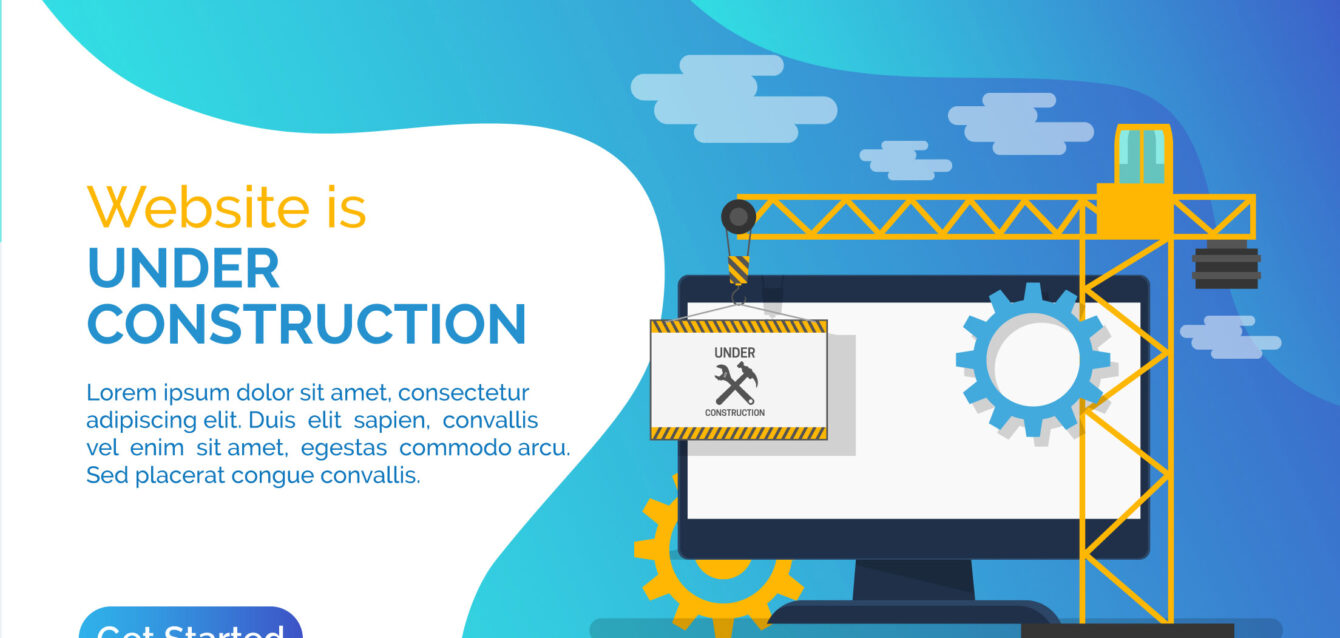Your website is an essential part of your business, but it’s not a one-time project. Just like any other asset, your site requires regular maintenance and updates to ensure it continues to function properly, rank well in search engines, and provide a seamless user experience. Website maintenance is an ongoing process that involves monitoring performance, fixing issues, and improving features to keep up with the changing digital landscape.
Why Website Maintenance Matters
- Improves Security
Regular updates protect your site from cyber threats and vulnerabilities. Unpatched software, plugins, and outdated systems are prime targets for hackers. Keeping your website updated ensures robust security and safeguards user data. - Enhances User Experience
A website that’s constantly updated with fresh content, bug fixes, and design improvements creates a more engaging user experience. Slow loading times, broken links, or outdated designs can frustrate visitors, causing them to leave your site. - Boosts SEO Performance
Google favors websites that are regularly updated with new content and fixed errors. Regular maintenance ensures that your website remains search engine-friendly, helping you rank higher on search results pages. - Fixes Technical Issues
Websites can experience broken links, slow loading times, or compatibility issues with browsers and devices. These problems can hurt your user experience and brand reputation. Routine maintenance helps you detect and fix these issues quickly. - Ensures Compatibility
As browsers, devices, and operating systems evolve, your website needs to be compatible with the latest versions. Regular updates help ensure your site works seamlessly across all platforms and devices.
Key Components of Website Maintenance
- Content Updates
Regularly adding or refreshing content, including blog posts, product pages, and images, ensures your website remains relevant and informative. - Software and Plugin Updates
Website software, content management systems (CMS), and plugins should be updated to ensure security and compatibility with the latest features. - Performance Monitoring
Keeping an eye on your website’s speed, load times, and uptime helps ensure that visitors have a smooth experience. Tools like Google PageSpeed Insights can help you monitor and improve performance. - Backup and Data Recovery
Regularly backing up your website ensures that in the event of a crash, you can quickly restore your site without losing valuable data. - Security Checks
Running periodic security scans to detect malware, hacking attempts, or unauthorized access is crucial for maintaining the integrity of your website. - SEO Audits
Regular SEO audits help identify areas for improvement in your content, keywords, and technical SEO. These audits ensure that your site remains optimized for search engines. - Design and Functionality Updates
Trends and user preferences change over time, so it’s essential to update your website’s design and functionality to meet current demands. Regular updates help maintain a modern, user-friendly site.
How Often Should You Update Your Website?
- Monthly Maintenance
- Check for broken links, fix any technical issues, and test website speed.
- Backup your site and update your CMS and plugins.
- Analyze performance metrics and make adjustments.
- Quarterly Updates
- Conduct a comprehensive SEO audit to optimize pages and content.
- Review your website’s design and functionality.
- Ensure that all security measures are in place, such as SSL certificates.
- Annual Overhaul
- Consider a redesign if your website looks outdated or isn’t mobile-friendly.
- Review your content strategy and make any necessary changes to reflect your business goals.
Best Practices for Website Maintenance
- Set a Maintenance Schedule
Establish a regular schedule for maintenance activities to ensure they are carried out consistently. This will help prevent issues from escalating. - Test Across Devices and Browsers
Ensure your website works properly on all devices and browsers. Run compatibility tests to identify and address any issues. - Keep User Experience in Mind
User experience (UX) should be a top priority. Regular updates should improve functionality, speed, and ease of navigation. - Monitor Analytics
Use analytics tools to track your website’s performance, identify areas for improvement, and gauge the effectiveness of your updates. - Invest in Professional Help
If maintaining your website feels overwhelming, consider hiring professionals who can provide ongoing support and updates. This ensures your site stays in top shape without you having to do everything yourself.
Consequences of Neglecting Website Maintenance
- Security Vulnerabilities
Failing to update software and plugins can open your site to cyber threats, data breaches, and malware attacks. - Lower Search Engine Rankings
An outdated website with poor SEO performance will likely see its rankings drop on search engines. - Poor User Experience
Outdated content, broken links, or slow load times can frustrate users and drive them away, hurting your website’s reputation. - Missed Opportunities
A website that’s not up to date may miss out on the latest features, trends, or functionalities that could improve business performance.
Final Thoughts
Website maintenance and updates are essential for keeping your online presence strong, secure, and relevant. Regular updates not only protect your site from security breaches but also ensure that it functions optimally, provides an excellent user experience, and ranks well on search engines. Investing in ongoing website maintenance can save you time, money, and effort in the long run by preventing costly issues and ensuring your website is always working for you.
Ready to ensure your website stays up-to-date and performs at its best?
Let’s work together to maintain and enhance your online presence!







